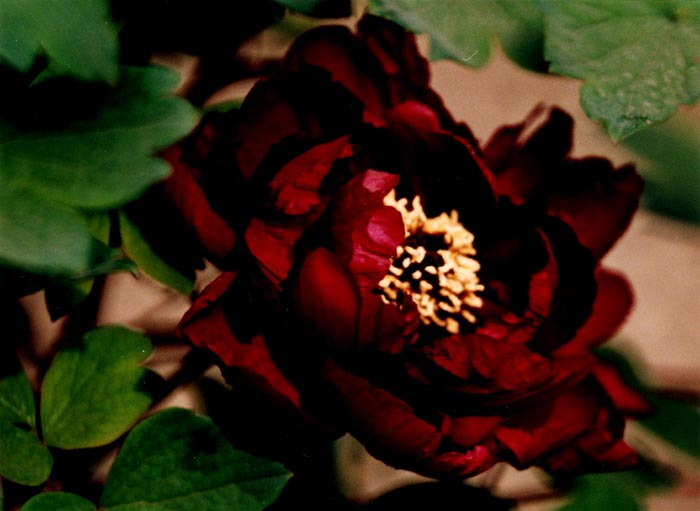
Chinese Flower Culture
Splendid
Chi Culture
Topic
Chinese Flower Culture
In the eyes of Chinese sages, flowers, like humans, possess seven emotions and six sensory pleasures and physiological needs. To take this anthropomorphization of flowers to the extreme is to treat them as humans, and to allow them to inspire one’s own life experiences in the process.
Flowers are concentrated embodiments of the world’s beauty. Though everyone searches for beauty, only those who love flowers whole-heartedly and lose their minds over them deserve praise. People love flowers, so there are terms such as “seeing flowers as humans,” “treating flowers like friends,” “protecting flowers as sons,” “honoring flowers as rulers,” and “serving flowers as gods.” These are all reflections of how much people love life and nature. In China, certain people love flowers to such an extreme that they are called “flower fanatics,” “floromaniacs,” and “flower addicts.”
It is inevitable that after loving flowers one would grow to cherish them, and cherishing them one desires to protect them. It is said that “cultivating flowers takes a whole year, enjoying them takes ten days.” The difficulty of growing flowers and the shortness of their blooms make people cherish and love them even more in return. They enjoy their beauty in different forms: they may put flowers in vases, add them to miniature landscapes, or grow them in gardens.
After looking into the history of the origin and development of festive folk customs, it is apparent that plants and flowers play great roles in them. When flowers are used as decoration, a joyous atmosphere is brought to yearly festivals. Some festivals were even established just for flowers—such as Huazhao (birthday of all flowers) in the second lunar month, Changpu dan (the birthday of the calamus) in the fourth lunar month, Yulan jie (Washing in Thoroughwort Broth Festival) in the fifth lunar month, Guan lian jie (Lotus Viewing Festival) in the sixth lunar month, and Zhuyu jie (or Double Ninth Festival) in the ninth lunar month.
There is a long history of calling each month by the name of a different flower. The flower calendar, which is arranged by the times when flowers blossom or wither, is called “monthly floral observances” (hua yueling) since the periods are often described in terms of months. The establishment of the flower calendar favors the timely planting, nurturing, picking, and enjoyment of flowers by farmers, herbalists, flower lovers, and audiences alike.
They say the spring wind is faithful and comes on schedule, urging the flowers to bloom. This is called “the wind that announces flowering” (huaxinfeng), and refers to the twenty-four seasonal winds which usher in each flower. In the past, people believed that each month contains two winds and six five-day periods (hou). From the time known as “lesser cold” to the “cereal rains” there are four months, a total of eight winds, and twenty-four hou. Each hou corresponds to one of the “winds that announce the flowers.”
China has a long and rich history of practical and enjoyable uses of flowers. Among them is the huashi, or flower fair, a type of flower market. Many people turn out when the flowers are in bloom; this is the unique Chinese custom of enjoying flowers. On the fifth day of the fifth lunar month each year, besides enjoying glutinous rice dumplings and dragon-boat racing, people also hold plant and flower competitions. They use flower names as homonyms in a type of speech called “flower language.” Women wear huge flowers in their chignons and on their hairpins as symbol of their wealth and elegance. Moreover, there are even such things as flower wine, teas, meals, baths, and therapies. If a person wished to explore the subject, they would probably find such a huge assortment of flower-themed items that not even an encyclopedia could cover them all.
China enjoys a vast territory and such a variety of flowers, that it could be said it is a country of flowers. Chinese history is full of floral designations such as “the Six Famous Flowers,” “the Eight Famous Flowers,” and “the Ten Famous Flowers.” In 1986, the city of Shanghai hosted an event asking people to choose and vote for the ten most famous traditional flowers. Winners were plum blossom, peonies, chrysanthemums, orchids, China rose, azaleas, camellias, lotus, sweet osmanthus, and narcissus. However, the various famous flowers in China are surely more than those few listed above.




